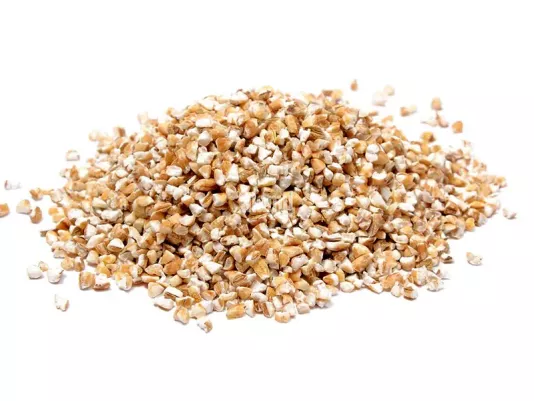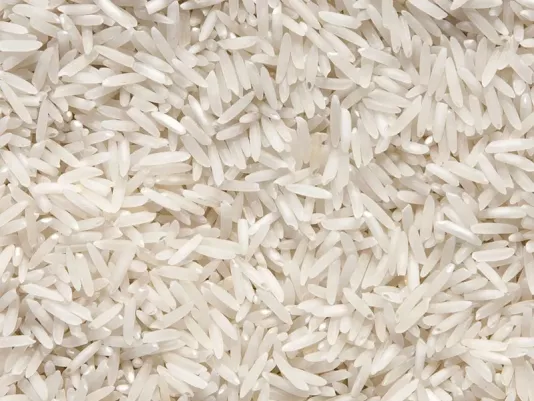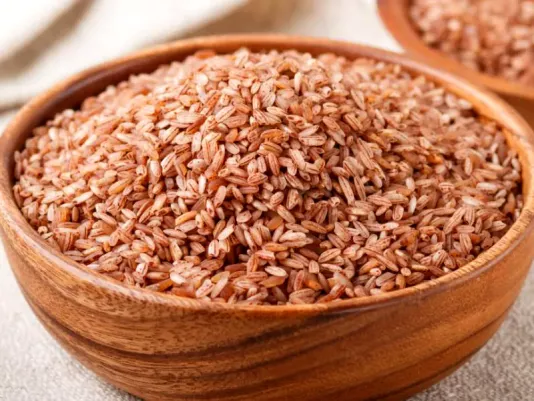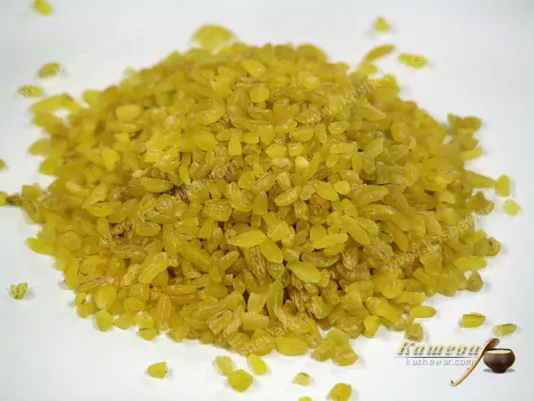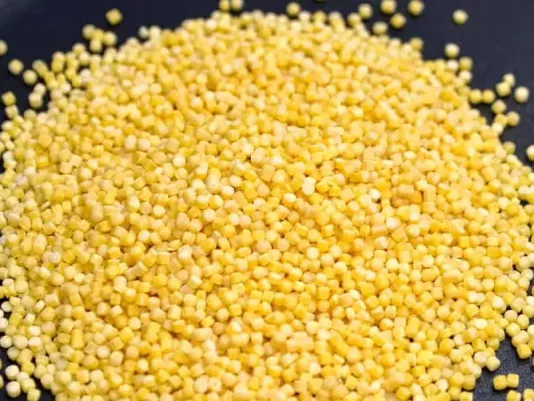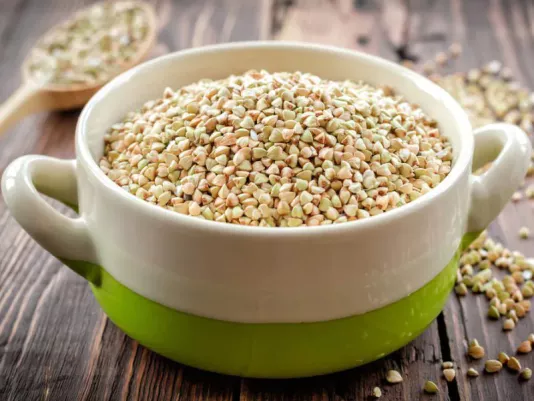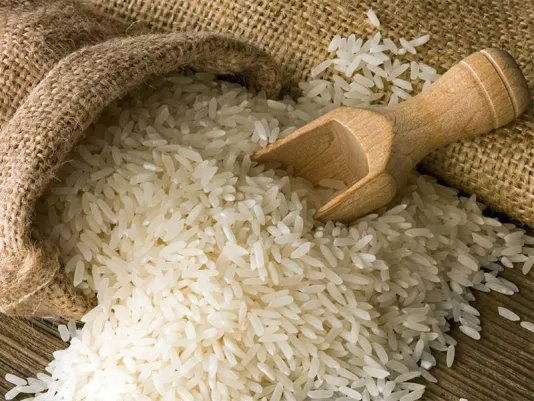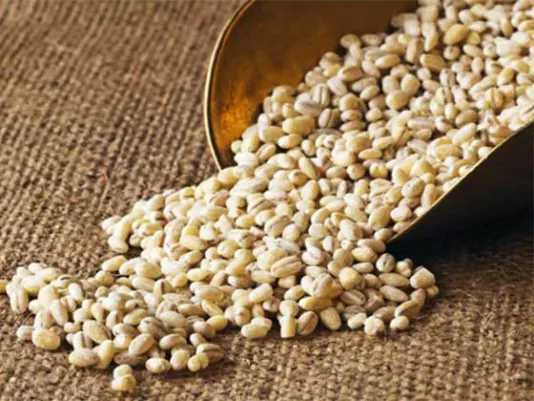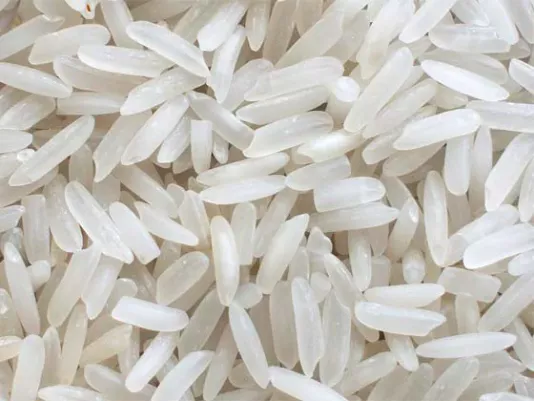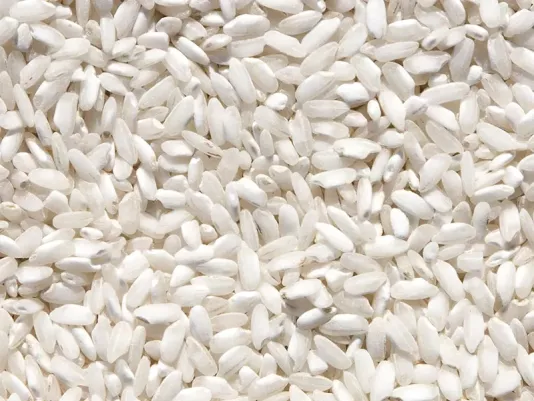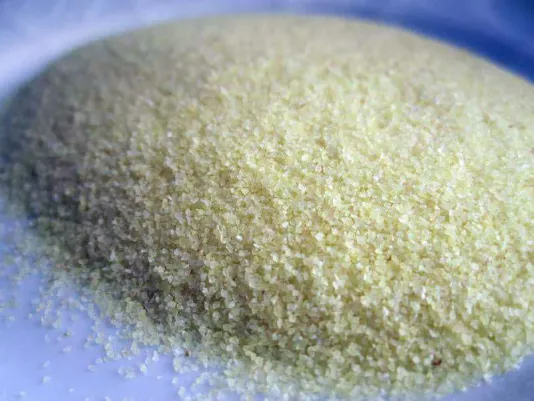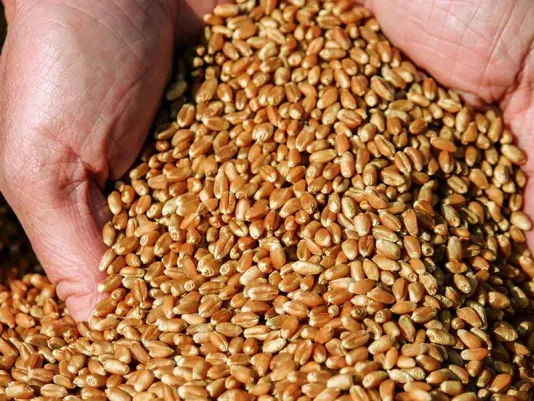Cereals and Grains
Cereals and grains hold a special place in my diet because they combine simplicity, health benefits, and accessibility. I enjoy cooking porridges for breakfast because they provide satiety and energy for the whole day. For side dishes, I use buckwheat, rice, millet, or bulgur, and each of these products has its own character and flavor. I also add cereals to soups, casseroles, salads, and even desserts, creating new and interesting combinations. It is important that they are rich in vitamins, minerals, and fiber, so I always feel the benefit for my body. For me, cereals and grains are not just ingredients but the foundation of culinary creativity that allows me to diversify my daily menu and make it balanced.
Different Types of Cereals and Grains
Buckwheat in My Diet
Buckwheat has always been one of my favorite cereals because it combines ease of preparation, nutrition, and distinctive taste. I often cook buckwheat porridge for breakfast or as a side dish to meat and vegetables, and it always turns out hearty and aromatic. I like that buckwheat cooks quickly and requires no complicated preparation – just rinse it and add water. I enjoy combining it with vegetables, mushrooms, or herbs, creating a variety of everyday dishes. In addition to traditional porridge, I use buckwheat in soups and even in salads – it adds nutrition and an interesting texture. Sometimes I experiment by making buckwheat casseroles or patties, and the results are always pleasantly surprising. Roasted buckwheat has an even more pronounced aroma, and I often use this technique to make dishes special. For me, buckwheat is a product associated with home comfort while also allowing for modern culinary ideas. It has become a staple in my diet because it combines health and versatility.
Rice in Different Dishes
Rice for me is one of the most versatile ingredients because with it I can cook both simple everyday meals and festive dishes. I use white rice for delicate porridges and side dishes, as it pairs wonderfully with vegetables, meat, or fish. Brown rice is valuable to me because it retains more nutrients and has a nutty flavor, making dishes more wholesome. I love making soups, casseroles, and even desserts from rice – for example, rice pudding with fruits or cinnamon. Proper preparation is especially important to me: I always rinse rice several times to make it fluffy and tender. For sushi, I use special varieties that become sticky and hold their shape well. In spiced dishes, rice absorbs aromas beautifully, so I often cook pilaf and a variety of Asian dishes. I like that rice is a universal product: it works for both sweet and savory dishes, and each time it opens new possibilities for culinary experiments. For me, rice is a staple that always helps when I need to cook something quick, healthy, and tasty.
Millet and Its Nutritional Properties
I love millet for its sunny color and pleasant taste, which reminds me of childhood dishes. For me, it is one of the healthiest cereals, as it is rich in vitamins, minerals, and easily digestible. I often cook millet porridge for breakfast, adding milk, honey, or fruits – it becomes a tender and nourishing dish that the whole family enjoys. In savory versions, millet goes wonderfully with vegetables, pumpkin, or mushrooms, making hearty side dishes. I also like to use it in soups: it makes them thicker and more filling. Before cooking, I always rinse millet several times with hot water to remove bitterness and make the flavor cleaner. For me, millet is also an excellent ingredient for casseroles and even baked goods – with it, dishes come out flavorful and nutritious. I like that it cooks quickly and doesn’t require complicated preparation. I am convinced that millet is not just a simple cereal but also a universal product that can be used for both everyday and festive dishes. It enriches the diet and adds a feeling of home comfort.
Bulgur in Modern Cooking
Bulgur has become a discovery for me that has significantly diversified my menu. This grain has a pleasant nutty flavor and light texture, making dishes with it special. I often use bulgur in salads: combining it with vegetables, herbs, and spices, I get light yet hearty meals. One of my favorite options is tabbouleh – a refreshing salad that always impresses guests. As a side dish, bulgur is a wonderful alternative to rice or buckwheat: it cooks quickly and absorbs the aromas of spices and sauces well. I enjoy making vegetable stews or meat dishes with it, where bulgur is not just an addition but a full component that unites all the ingredients. I also experiment with bulgur-based desserts, adding dried fruits, honey, or nuts. It always comes out fluffy and delicious if prepared correctly – just pour boiling water over it and leave covered to swell. For me, bulgur has become a universal ingredient that combines health benefits, flavor, and convenience in cooking. It has opened new culinary horizons for me and has become a real highlight of modern cuisine.
How I Choose and Store Cereals and Grains
For me, it is always important to properly choose and store cereals and grains, as the taste and benefits of dishes depend on it. In the store, I carefully check the appearance: the grains should be whole, without dust, impurities, or signs of moisture. I never buy cereals with a strong odor or traces of insects, as this immediately indicates improper storage. For everyday use, I prefer cereals in airtight packaging, and at home, I always transfer them into glass or metal jars with tightly closed lids. This way, they stay fresh much longer. I store them in a dark, cool place, away from spices or strongly aromatic foods, so they retain their natural flavor. In warm seasons, I keep some cereals in the fridge to prevent spoilage. Before cooking, I always rinse cereals, and sometimes I even roast them in a dry pan to enhance their aroma. I am convinced that thanks to simple rules of selection and storage, I can always have high-quality products on hand to make the best porridges, side dishes, soups, and even desserts. The right approach to cereals and grains makes my kitchen more confident and predictable in results.
